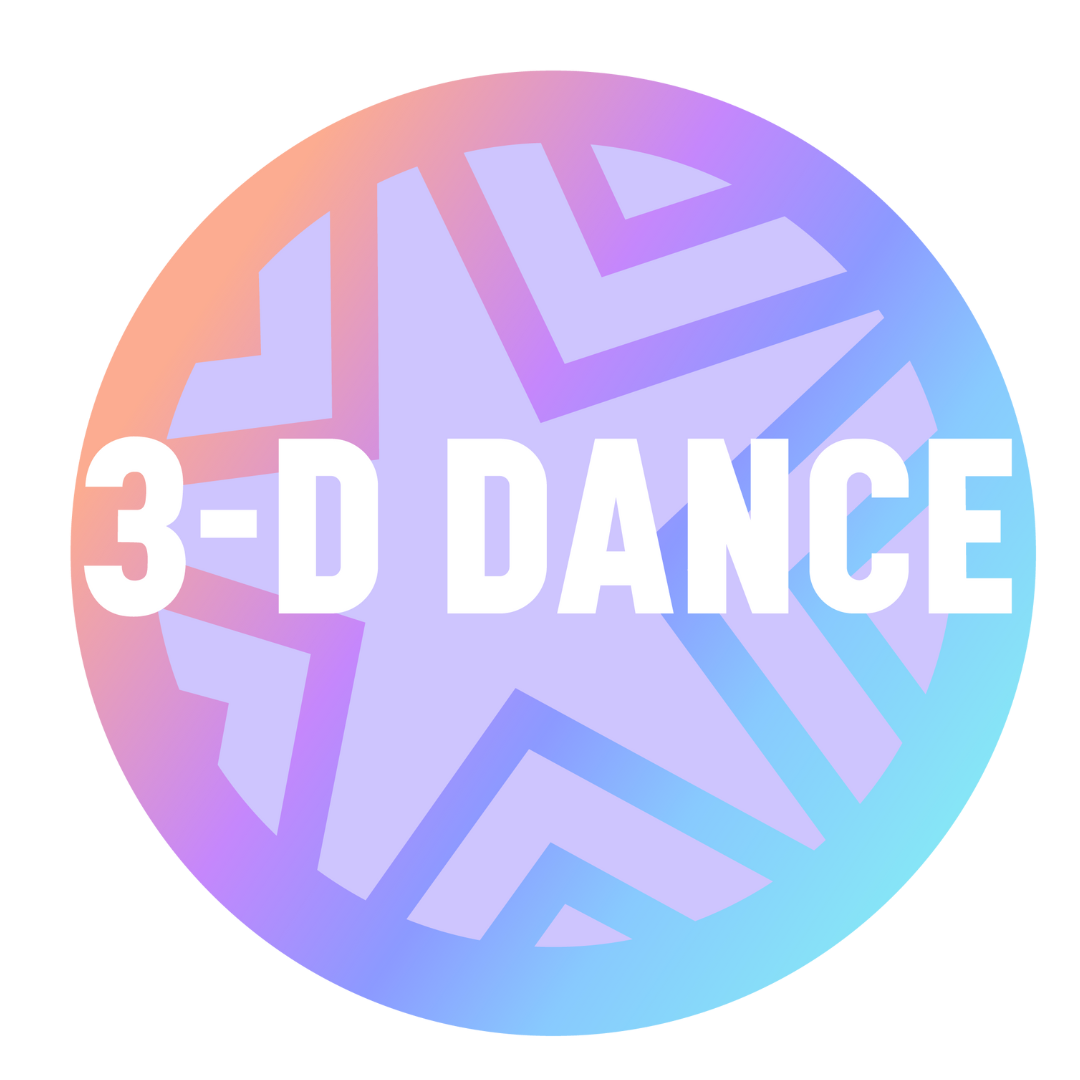
3-D DANCE BLOG
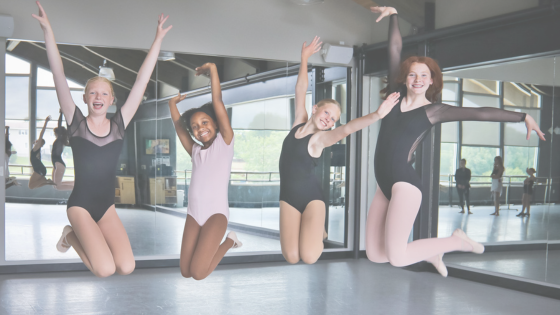
Supporting the Concrete-Operational Stage of Development in Dance Class (Ages 8-11)
Introduction:
An intentionally designed dance classroom experience can help promote the growth of physical, emotional, social, and cognitive (brain) development in children. To capitalize on the critical experiences in the most formative years, our 3-D Dance our staff receives ongoing professional training on how to apply Piaget’s Theory of Cognitive Development in the dance classroom environment to provide best support to our dance students’ through developmentally appropriate practices. Additionally, we integrate BrainDance concepts into our weekly curriculum which facilitates critical brain pathways in the child’s brain.
It has never been more critical for our dancers’ classroom experiences to support cognitive progress, following the significant delays in natural development patterns that have occurred due to pandemic disruptions, resulting in decreased experiences that would have naturally facilitated social, emotional, physical and cognitive maturity.
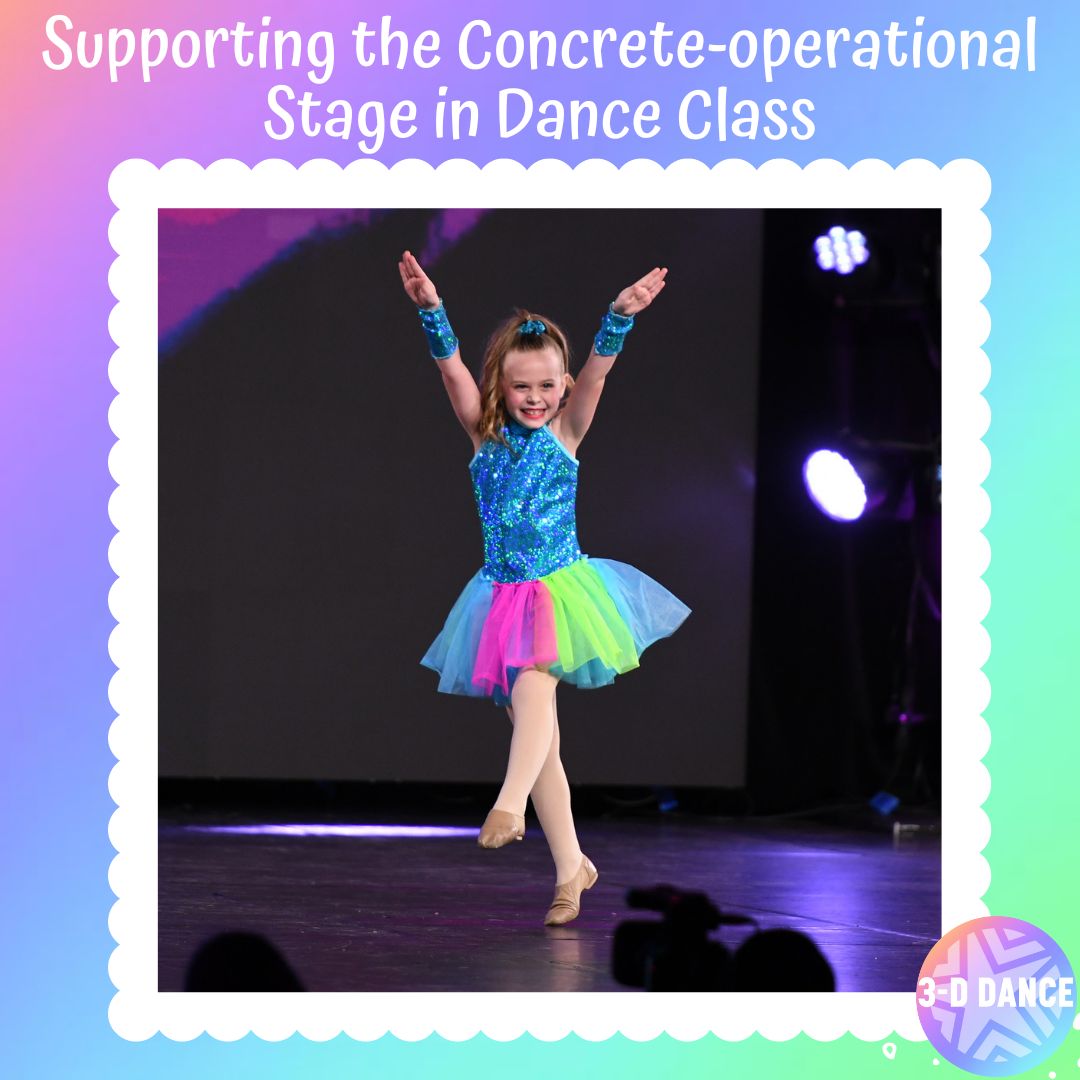
Critical points for caregivers to understand about each Stage in Piaget’s Theory of Cognitive Development are:
Each stage is a basis of the formation of later stages.
All normal children must follow the sequence of development, however, not all children will reach the next stage at the same age depending on the individual child’s cognitive development, experience, and maturity.
The dance teacher’s job is to teach in a way that supports the stage of cognitive development of the children in the class.
Cognitive conflicts can occur when the incoming information is inconsistent with the students’ current cognitive development. (In simple terms, the child simply does not yet understand.)
Growth and development varies by age resulting in different behaviors and needs, so classroom instruction must be adapted to focus on the student’s developmental stage in order to facilitate an environment of healthy growing and happy learning for children. Please note, these generalizations apply to a wide range of developmentally “typical” children, but there could always be children who are developmental “outliers” for various reasons.
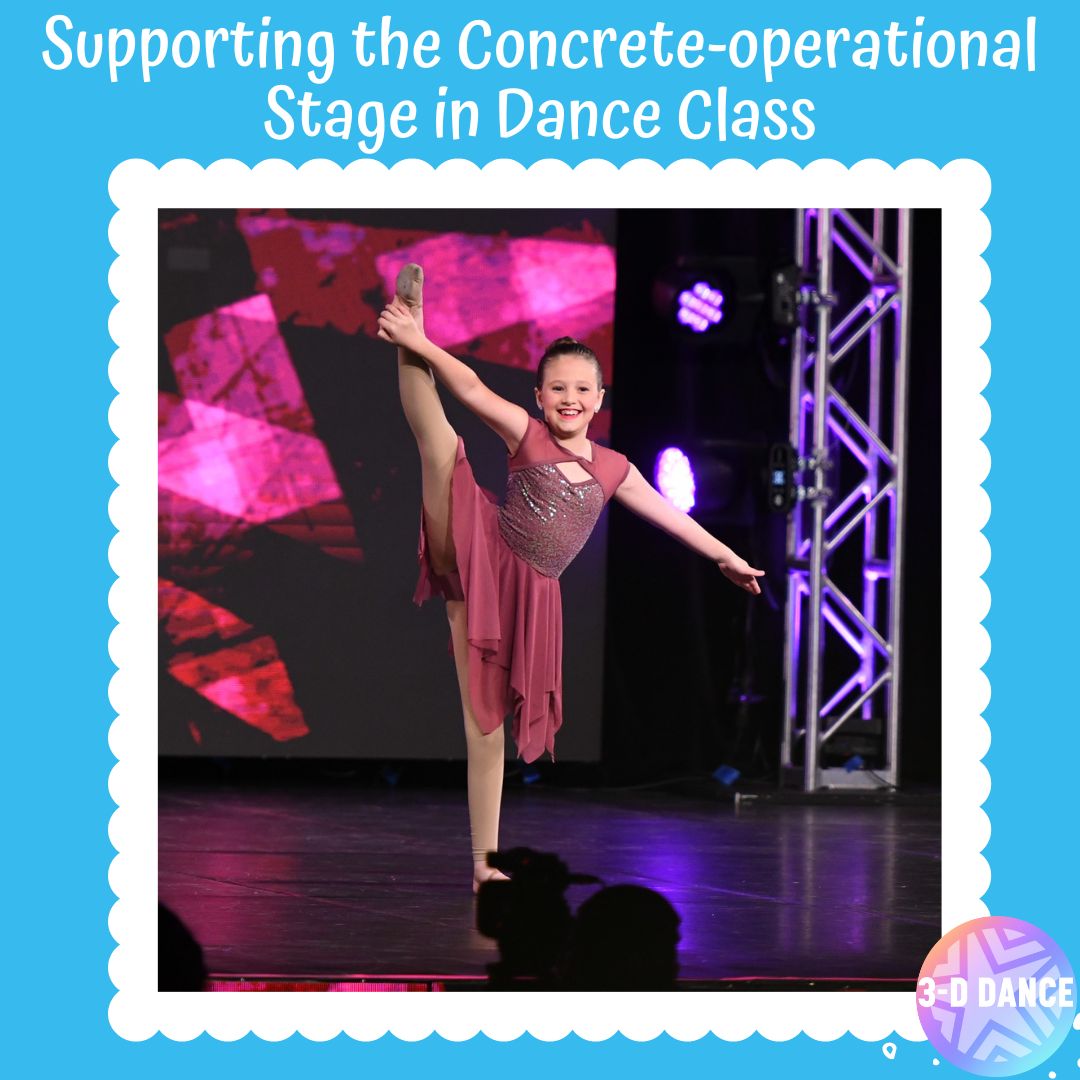
In this blog post, we will be applying Piaget’s Concrete-Operational Stage (typically ages 8-11) into 4 areas:
1. Characteristics of Concrete-Operational Stage
2. What caregivers may notice about your children in this stage
3. How to support this stage in the classroom
4. Cognitive conflicts to avoid in the classroom
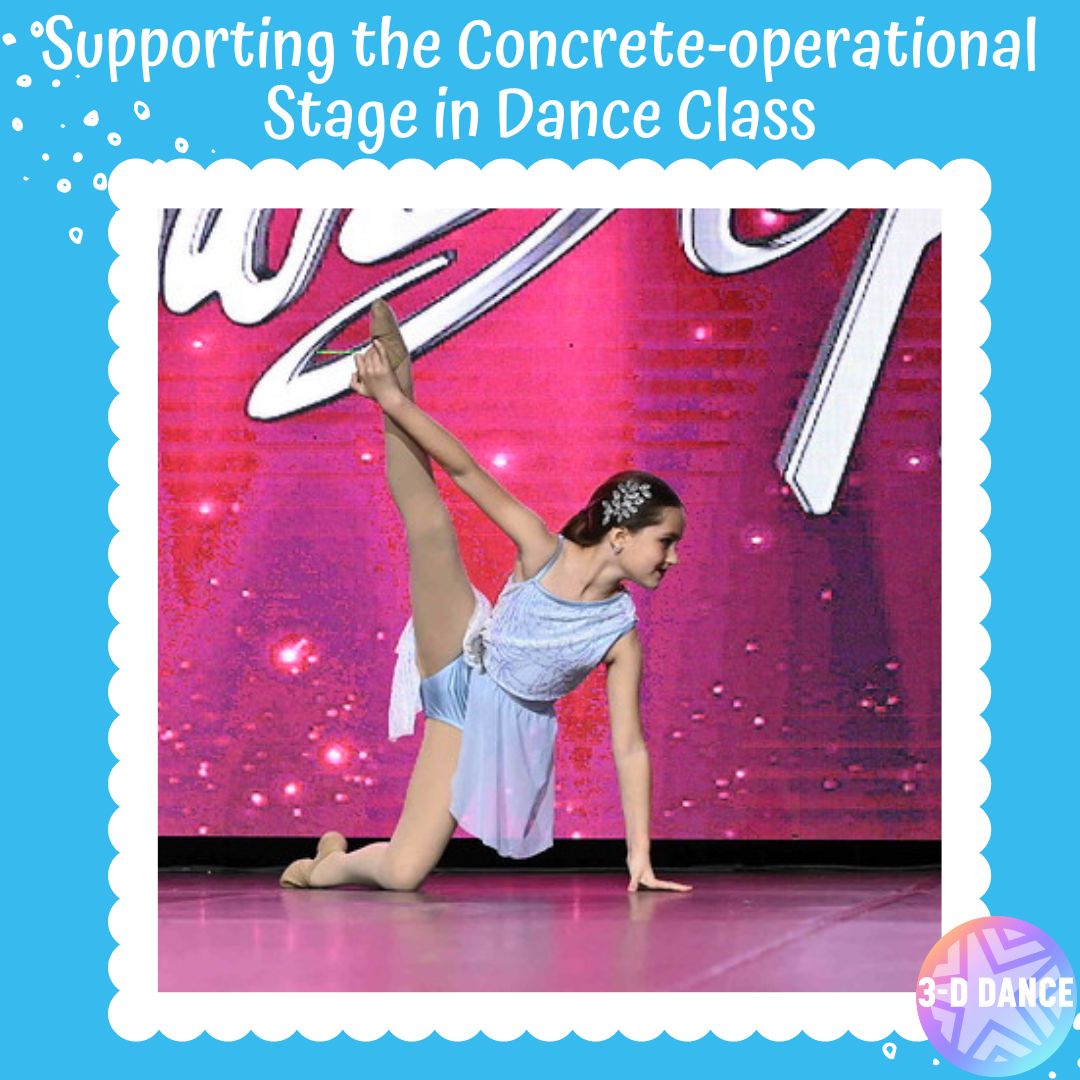
Characteristics of the Concrete-Operational Stage:
The child becomes able to consider the viewpoint of others.
The child develops the ability to disperse attention, observe relations among objects, and use logical reasoning to solve problems.
Children have the ability to reverse ideas, however, they may still be unable to use abstract reasoning.
Physical motor development expands, along with musculoskeletal development.
The child uses language to ask thoughtful questions and exchange information in order to seek understanding about varying perspectives.
The child’s dance education can move beyond the social-emotional level to include much more cognitive content.
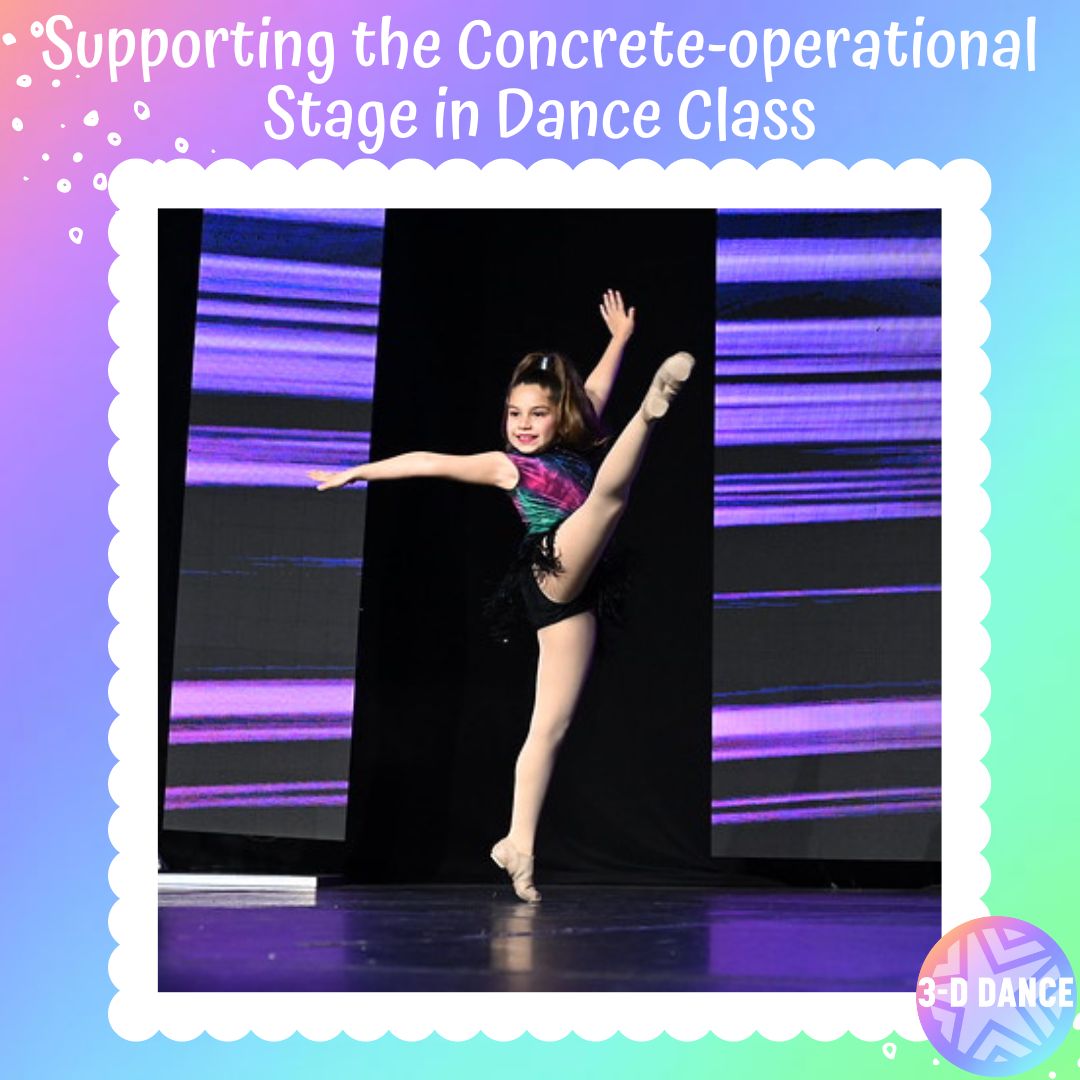
Behaviors that caregivers may observe in Concrete-Operational dancers include:
The dancer has the ability to stay with the beat, respond to changes of music through rhythms, and can read dance terminology.
The dancer is able to compare more than three dancing styles and movements and enjoys engaging in group activities
With the growing awareness that others can come to different conclusions, group sharing and problem solving can become a significant part of dance class.
The dancer becomes able to look at himself/herself from the outside, and evaluate his or her own work in terms of its relation to concrete goals.
The dancer can sense the viewpoint of others when they perform, including awareness of what the audience sees from where they are sitting, and the desirability of keeping the attention of the audience.
More advanced spatial awareness allows the dancer to be able to look at a floor pattern and anticipate where in the room they will be at different points. They can also sense individual parts in relation to a whole, therefore more complex formation changes can be utilized at this stage.
Because these dancers become less ego-centric, they are able to cooperate, allowing a set of “rules” to govern their behavior. The wise dance educator will structure problems for students so that their choices are limited, and will frequently give assistance to the process.
In the early concrete stage (ages 8-9) students become able to mentally coordinate two dimensions, and can quickly solve a problem such as “Travel forward fast, then change both your direction and your speed.” In the late concrete stage (ages 10-11) they can manipulate a third element of the problem, such as level or type of movement.
With the development of reversibility in this stage, children can manipulate a phrase or sequence, rearrange it or reverse it, and then put it back into its original form. Students can try out different variations of the sequence, perhaps doing it faster, then slower, then while traveling. Then they might find other ways to manipulate the movement.
With the advances in logical thinking, the world of magic and make-believe becomes of less interest than what is “real.” Children this age can and do pretend in a drama setting, but even there, they find it easier to imagine situations which are similar to their world. Dance educators must be careful in using imagery in dance class, and should choose concrete imagery rather than fantasy. For example, the description that a movement “Feels like when you’re on top of a roller coaster, suspended in the air before you come down and touch your seat” rather than “Pretend you’re hanging on a cloud”.
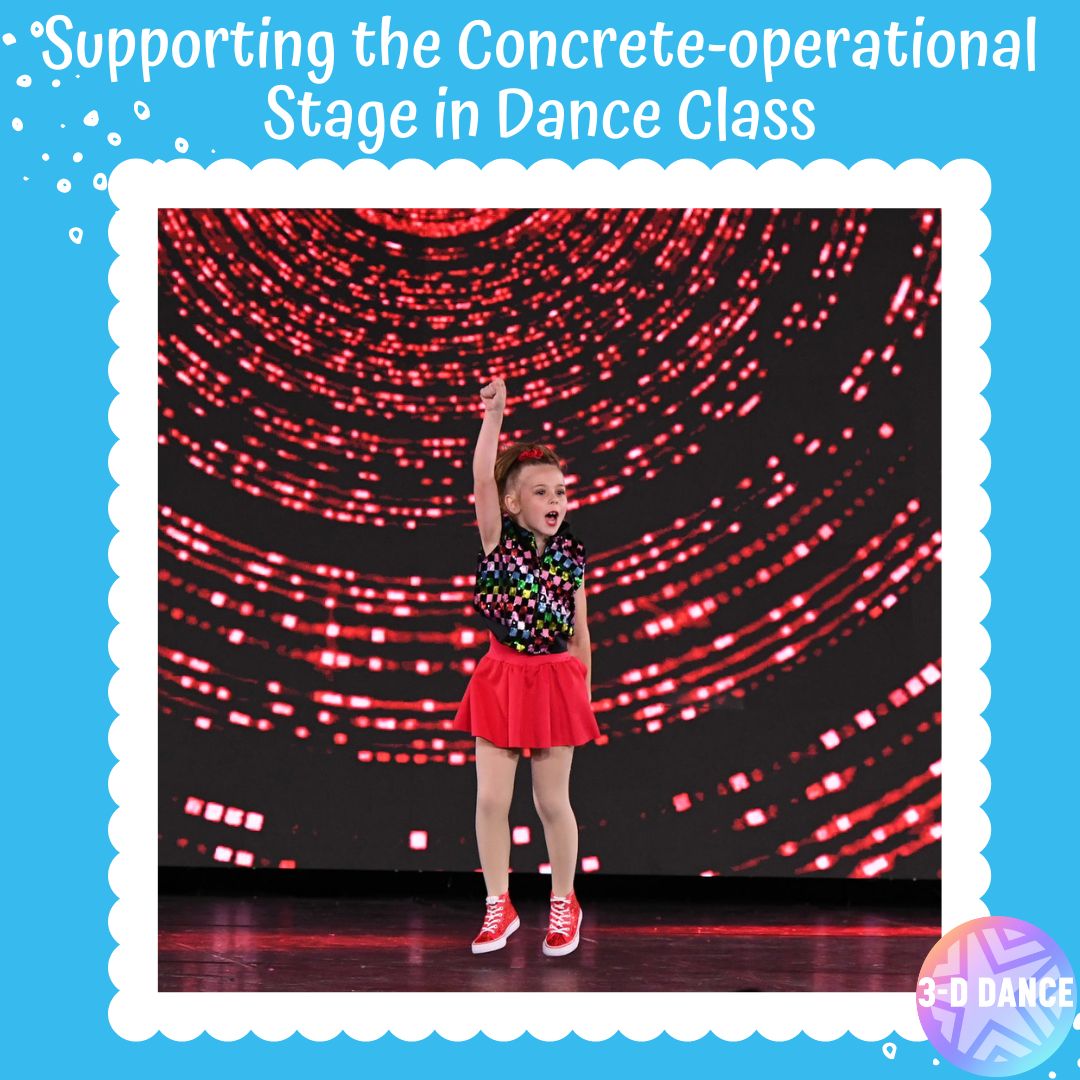
Supporting the Concrete-Operational Stage in Dance Class:
Students in this stage can identify different dance patterns or styles; for example, they can easily tell the difference between ballet and hip hop dance.
Students are able to arrange continuous characteristics, such as: slow action – medium speed action – fast action.
Students enjoy dance performance observation, children in this stage are able to understand and perceive the beauty of dance.
Students appreciate systematic and logical movement sequences such as “Do this four times to the right, then four times to the left.”
At 3-D Dance our teachers are trained not only to identify and understand how to support the child’s current developmental stage, but how to avoid creating cognitive conflicts in the classroom. The presence of cognitive conflict creates disequilibrium in the child’s brain. In simple terms, the child simply does not yet understand what the teacher expects of them. Below are some potential cognitive conflicts in children in the Concrete-Operational Stage:
Using imagery that is not based in concrete reality. Tell a 10 year old to dance like she’s a butterfly and she’s going to look at you like you are crazy!
Providing too many choices.
Manipulating too many elements in a movement phrase (speed + level + traveling + rhythm).
The expectation that students will be able to successfully re-work choreography or complex formations without significant rehearsal time to focus on the changes.
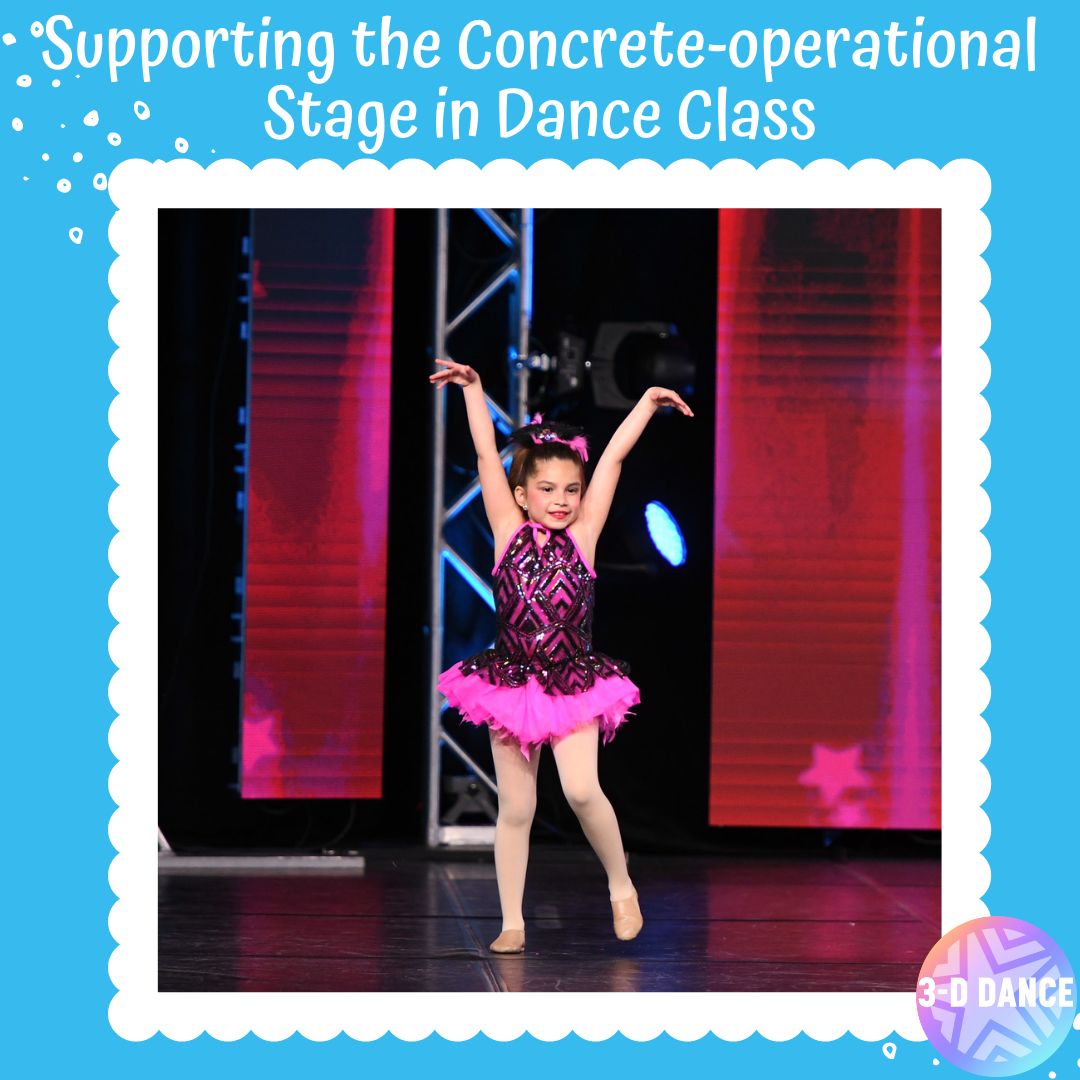
Takeaways:
Based on Piaget’s developmental stages and how they apply in the dance class, one could easily agree that dance classes develop advanced cognitive skills.
Developmentally appropriate classrooms are classrooms that meet the child in their current stage of development and avoid creating cognitive conflicts for the child.
Cognitive development is a progression and one concept must be established before the next.
Parents, the best thing you can do for your dancer is enroll him/her in a developmentally appropriate dance class, where his/her cognitive, physical and emotional development will be supported and they will flourish! If you learned something helpful about your Concrete Operational child, let us know in the comments!
Welcome to 3-D Dance
As parents find it harder and harder to carve out important family time while allowing their children to pursue their passions through extra-curricular activities in a physically and emotionally safe environment, 3-D Dance remains committed to providing a quality dance education that provides the balance that children need between work and play. Our studio culture facilitates finding like-minded families to journey with as children learn and grow together.
For assistance in finding the right opportunities for your child at 3-D Dance, please email [email protected] or call/text (469) 747-1760
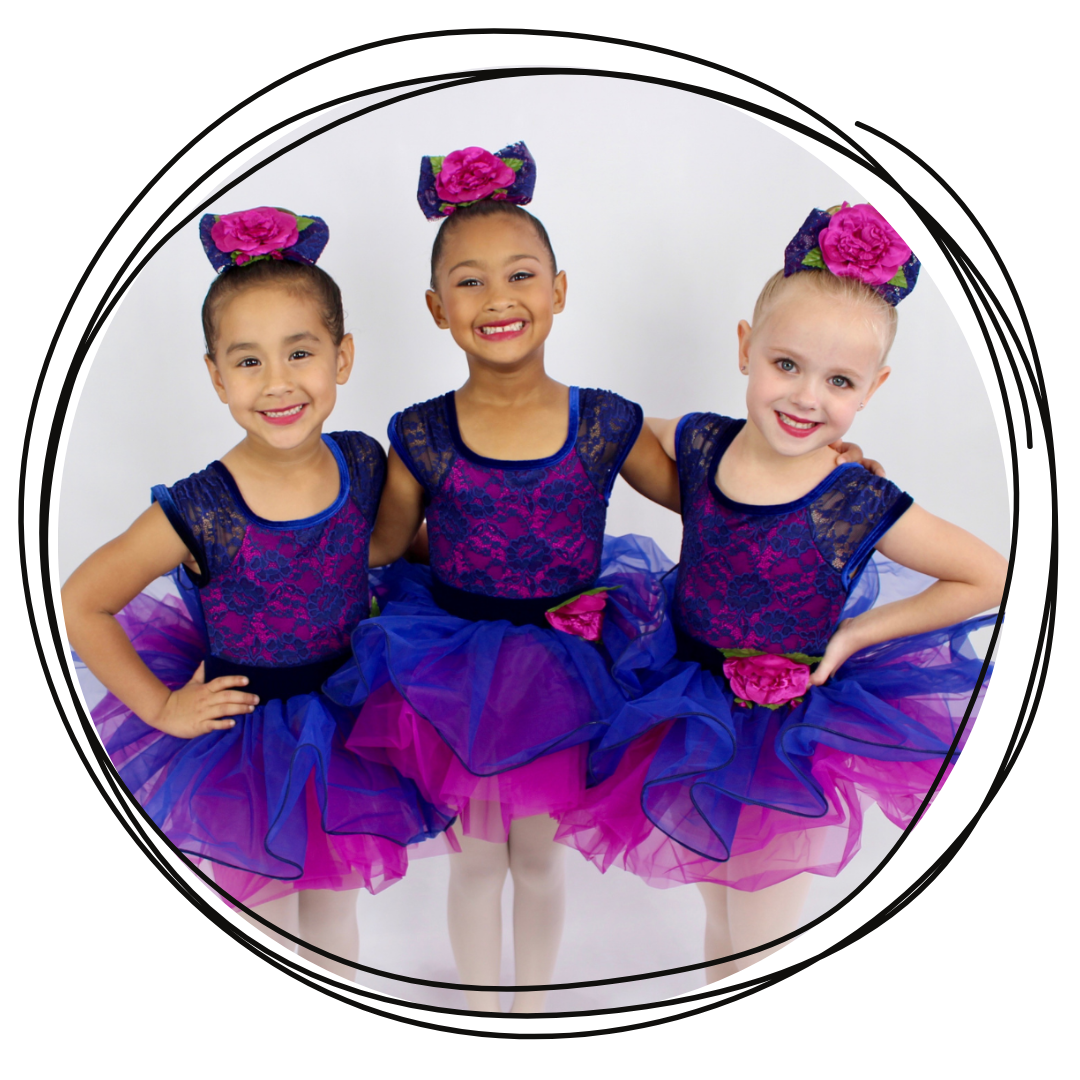
Contact Us!
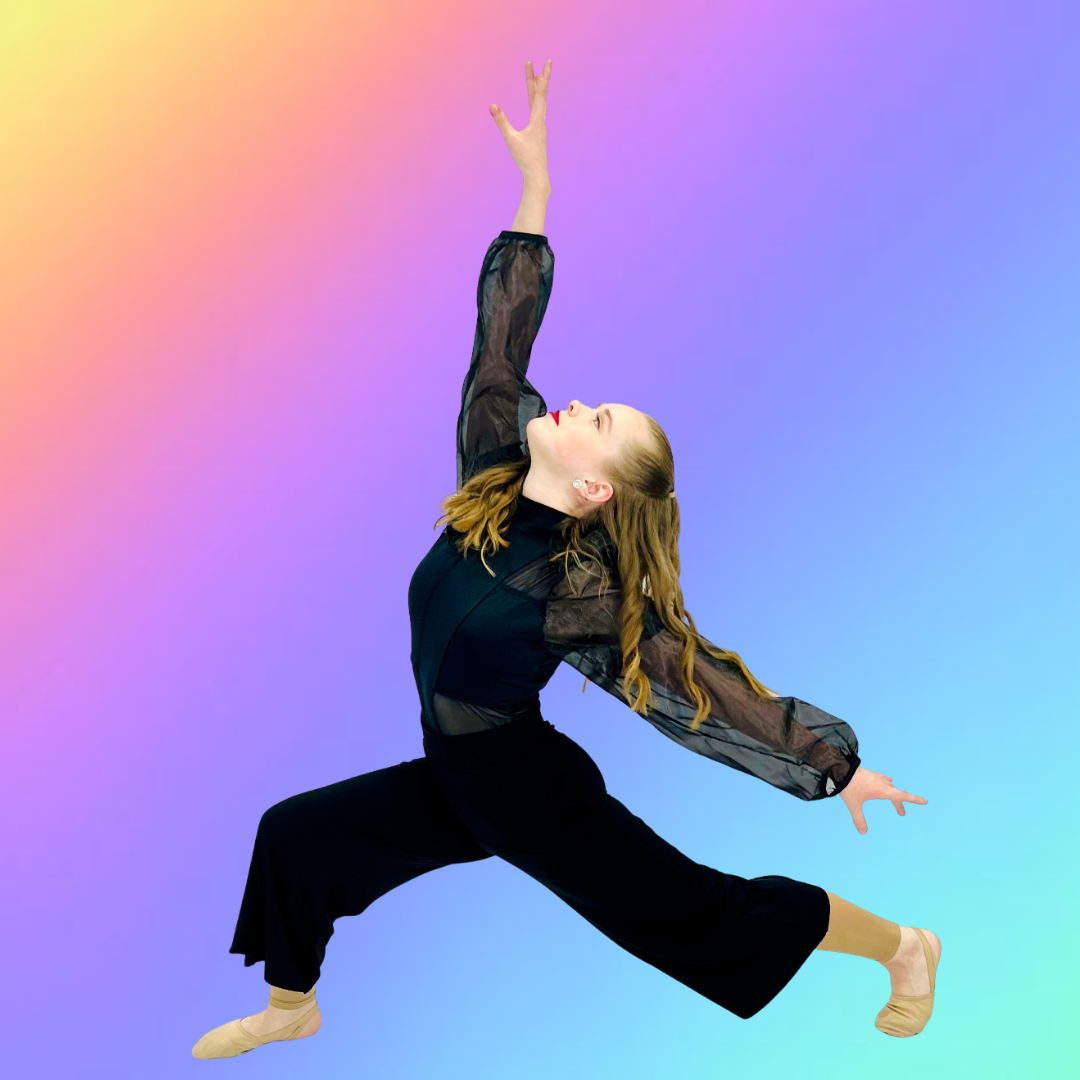
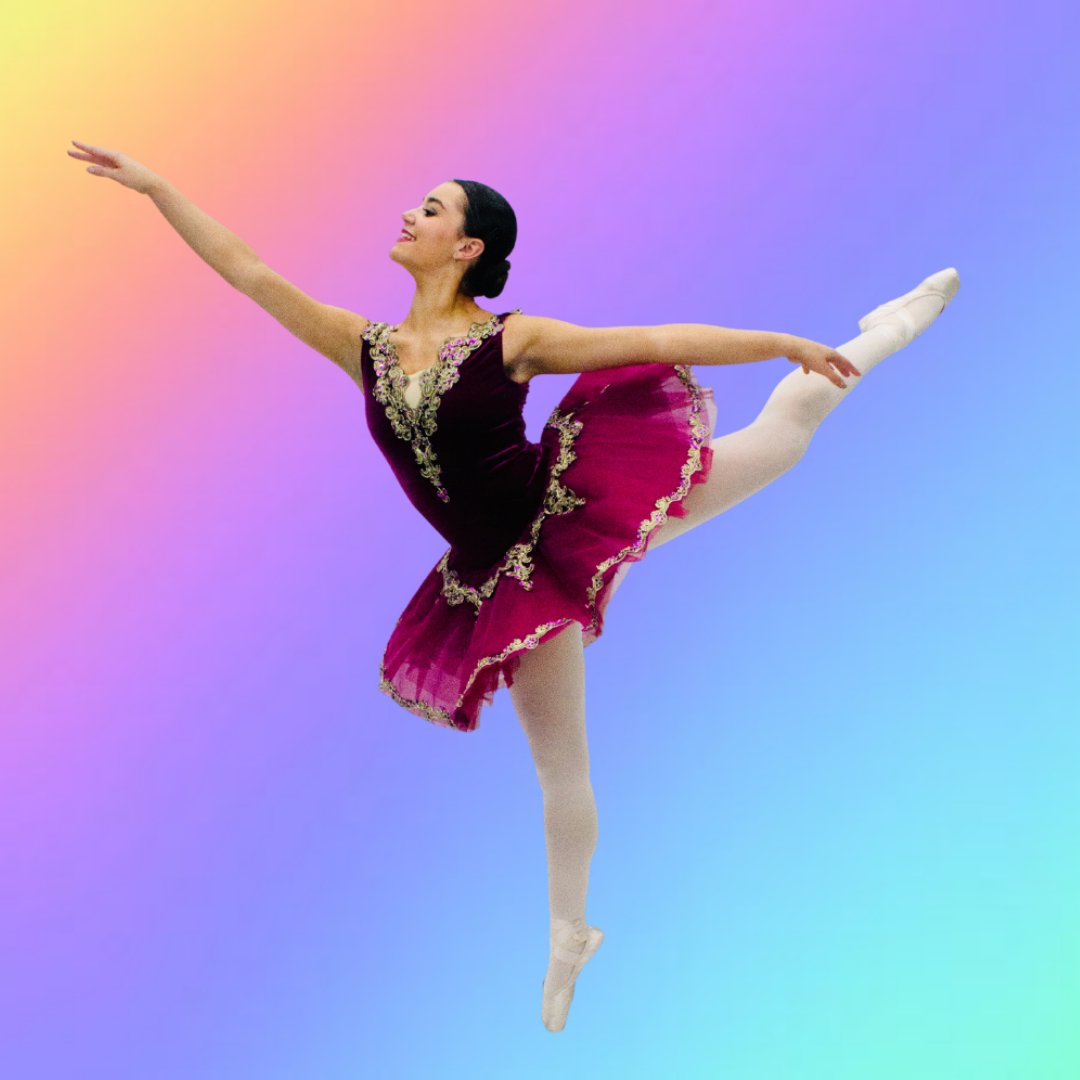
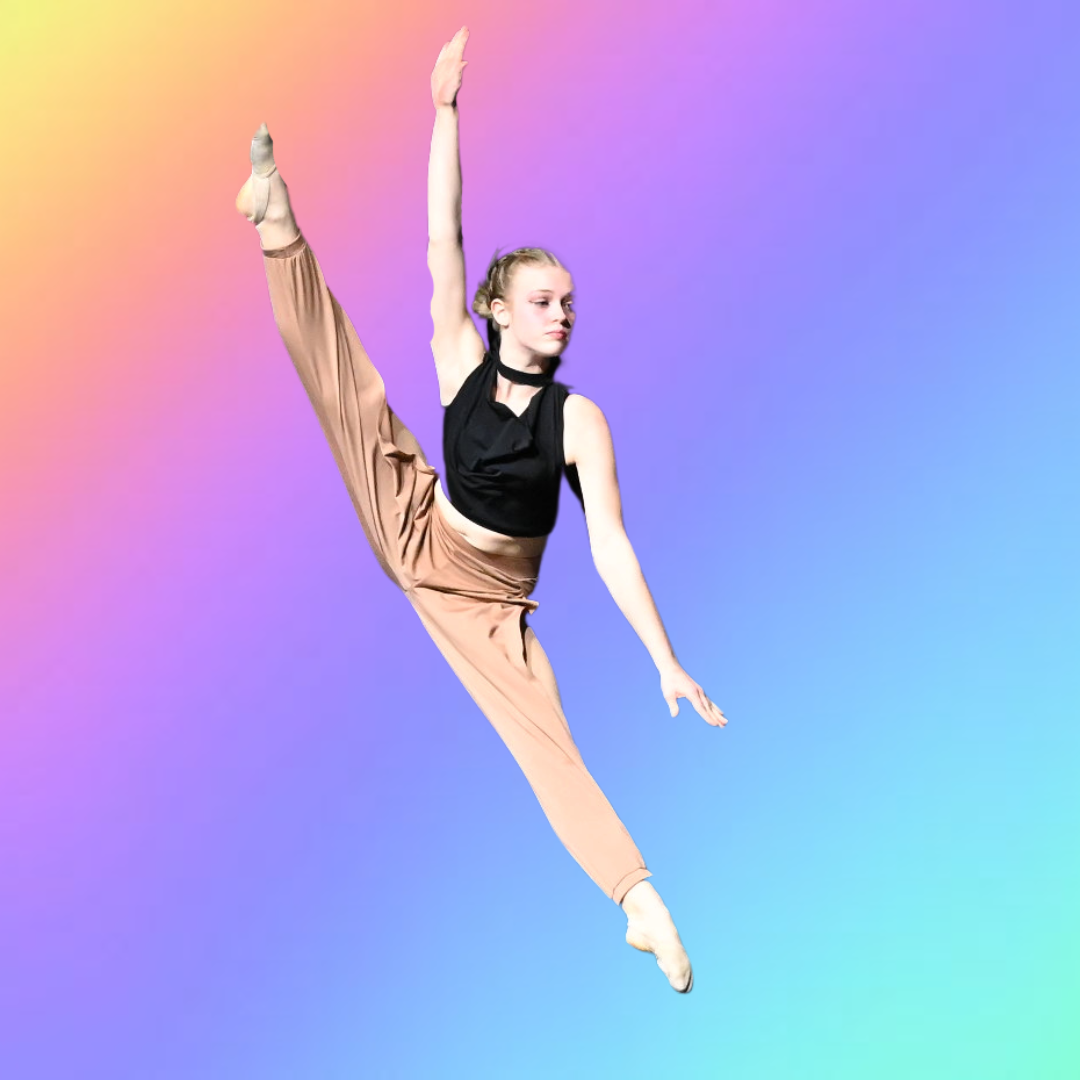
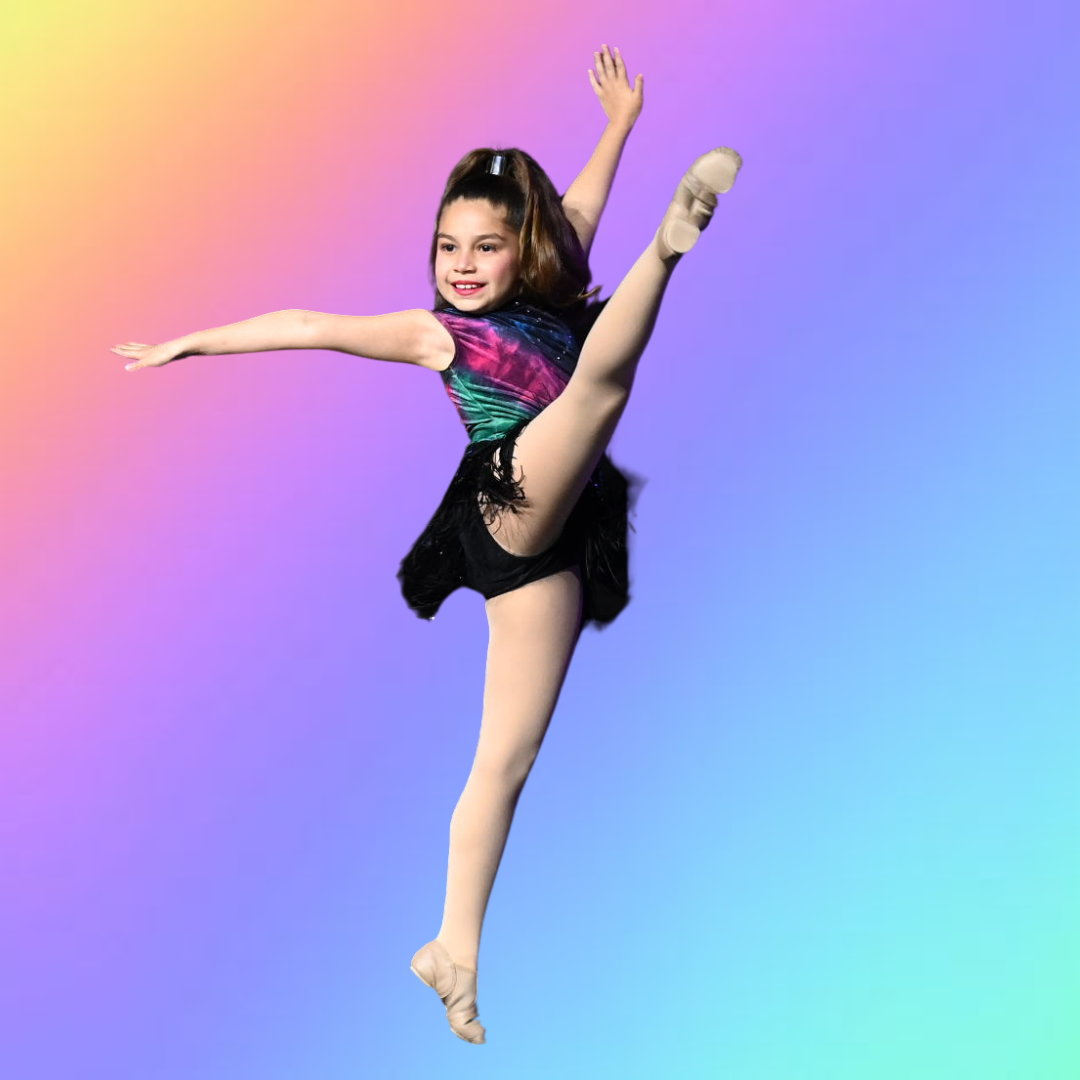

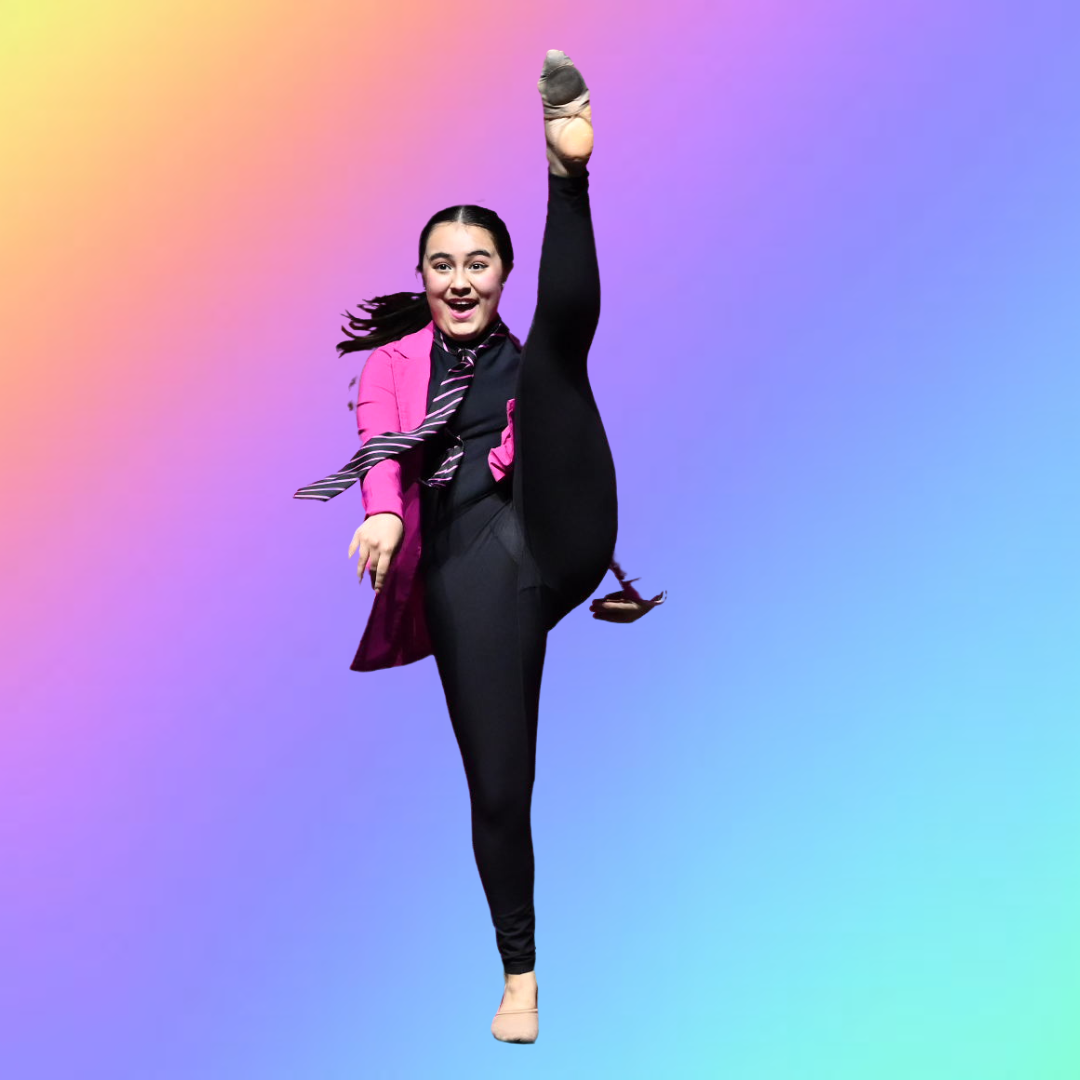
Aubrey/Little Elm Location
26772 HW 380 East
Little Elm, TX
Celina Location
3260 S. Preston Rd
Celina, TX
Frequently Asked Questions
How do I schedule a trial class?
Lorem ipsum dolor sit amet, consectetur adipisicing elit. Dolores dolorem adipisci ipsa, quasi nostrum quos culpa, illo perferendis
What is your class make-up policy?
Lorem ipsum dolor sit amet, consectetur adipisicing elit. Dolores dolorem adipisci ipsa, quasi nostrum quos culpa, illo perferendis
What is your refund policy?
Lorem ipsum dolor sit amet, consectetur adipisicing elit. Dolores dolorem adipisci ipsa, quasi nostrum quos culpa, illo perferendis
How do I schedule a trial class?
Lorem ipsum dolor sit amet, consectetur adipisicing elit. Dolores dolorem adipisci ipsa, quasi nostrum quos culpa, illo perferendis
What is your class make-up policy?
Lorem ipsum dolor sit amet, consectetur adipisicing elit. Dolores dolorem adipisci ipsa, quasi nostrum quos culpa, illo perferendis
What is your refund policy?
Lorem ipsum dolor sit amet, consectetur adipisicing elit. Dolores dolorem adipisci ipsa, quasi nostrum quos culpa, illo perferendis
3-D Dance Aubrey/Little Elm
3-D Dance Celina
3-D Dance
3-D Dance is a dance studio located in Aubrey and Celina with a team of professional dance educators dedicated to growing tomorrow's leaders through dance!
Email: [email protected]
Telephone: 469-747-1760


